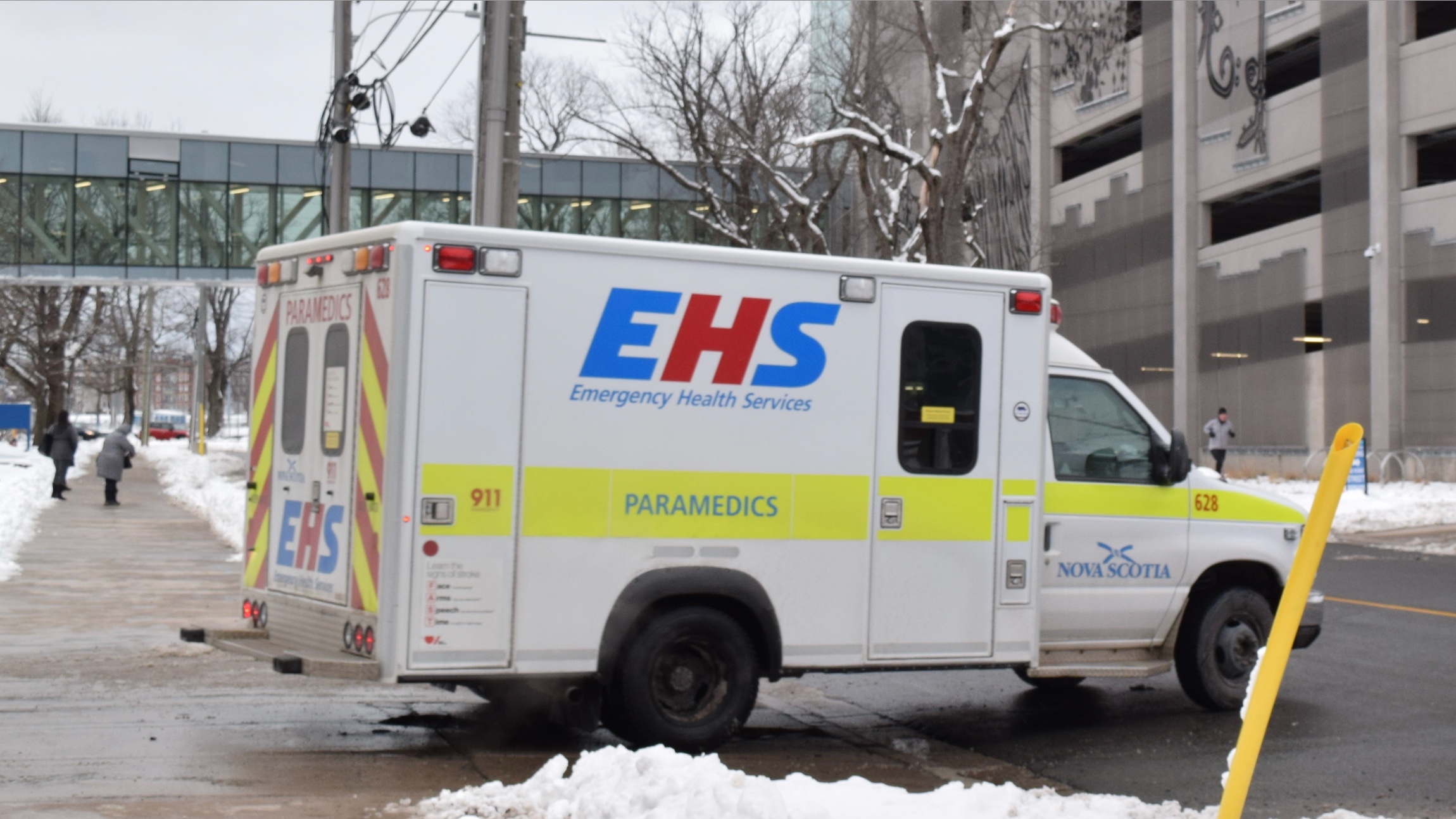Nova Scotia health-care workers are ‘at a breaking point’
New statistics show the province’s health-care employment declined in January

caption
Health-care workers in Nova Scotia are in demand but statistics indicate their numbers could be on the decline.Employment in Nova Scotia’s health care and social assistance sector dropped in January, according to a recent Statistics Canada Labour Force Survey.
“I believe we are at a breaking point,” said Nova Scotia Government and General Employees Union (NSGEU) president Sandra Mullen, who represents about 18,000 health-care workers.
Employment declined by 0.2 per cent in the sector, meaning there are 200 fewer workers across ambulatory health care services, hospitals, nursing and residential care facilities and social assistance. Nova Scotia was one of only two Canadian provinces that didn’t see growth.
Although it’s not a significant drop, Mullen said every worker counts because of the province’s health-care crisis.
“We cannot lose another nurse. We cannot lose another specialist who works in those hospitals,” she said.
The crisis recently made headlines with the deaths of Allison Holthoff, 37, and Charlene Snow, 67, in December. Both women sought treatment in Nova Scotia emergency rooms and died before receiving proper care.
On Jan. 9, NSGEU sent a letter to N.S. Health and the provincial government with 59 recommendations to improve emergency departments and address staff shortages. Mullen said they’re waiting on a meeting with the employer to work on them.

caption
Health-care representatives are calling for better retention plans to reduce staffing shortages in Nova Scotia.Nova Scotia Nurses’ Union president Janet Hazelton said this crisis was “15, 20 years coming.” She said meaningful consultation and work must be done to recruit and retain full-time nurses.
“You can increase the beds, increase the OR times, you can do all of that,” Hazelton said, “but if you don’t have nurses, you can’t improve the infrastructure.”
Hazelton represents 8,000 registered nurses, licensed practical nurses and nurse practitioners in Nova Scotia. She said the reality is a catch-22: nurses don’t get time off because of the staff shortage. So they quit, creating a bigger shortage.
According to Hazelton, “fairness” is needed, especially when travelling nurses receive more money and flexibility than full-time nurses.
Because January’s per cent change was small, provincial government spokesperson Khalehla Perrault said they cannot conclude that “actual employment in the healthcare and social assistance sector is significantly lower.”
However, Halifax-based family physician Dr. Leisha Hawker said the 200-worker decline is still concerning.
“We’re so strapped right now. Every single doctor is vital in the province,” said Hawker, who became Doctors Nova Scotia’s president in June.
Thirteen per cent of Nova Scotians are without family doctors as of January, according to N.S. Health — and Hawker said the future isn’t promising.
She said, “nearly a quarter of all our doctors in Nova Scotia are over the age of 60” and she expects many to retire in the next few years, adding to the shortage.
Without a significant “multi-pronged approach” to gain more doctors now through training, recruitment and retainment, Hawker said the worse could be yet to come.
About the author
Chase Fitzgerald
Chase is a fourth-year journalism student from Mississauga, Ontario.

M
Melissa Roberts
S
Shirley Mac Lean
J
Jean Fox
J
Jordan